Akash Bali
Advisor: Lancelot Coar
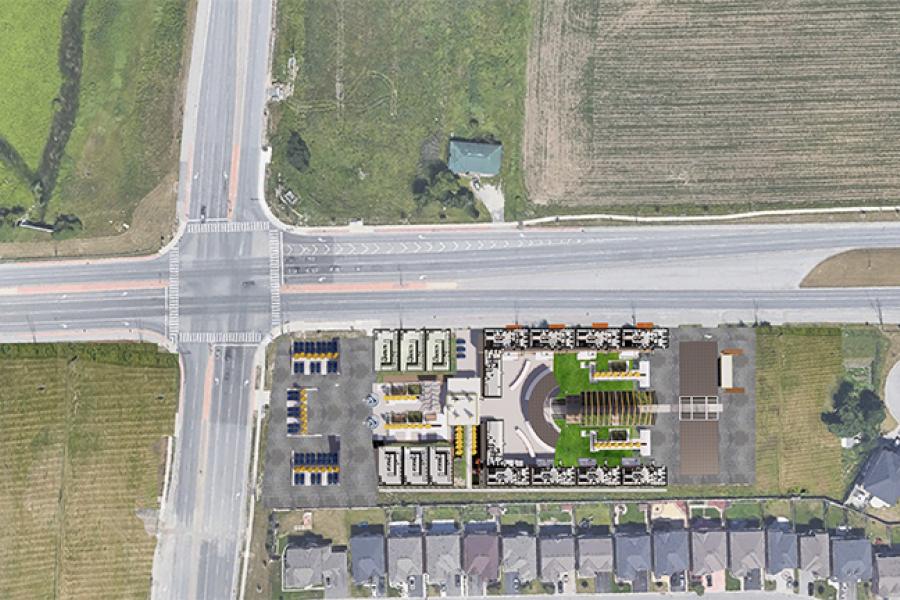
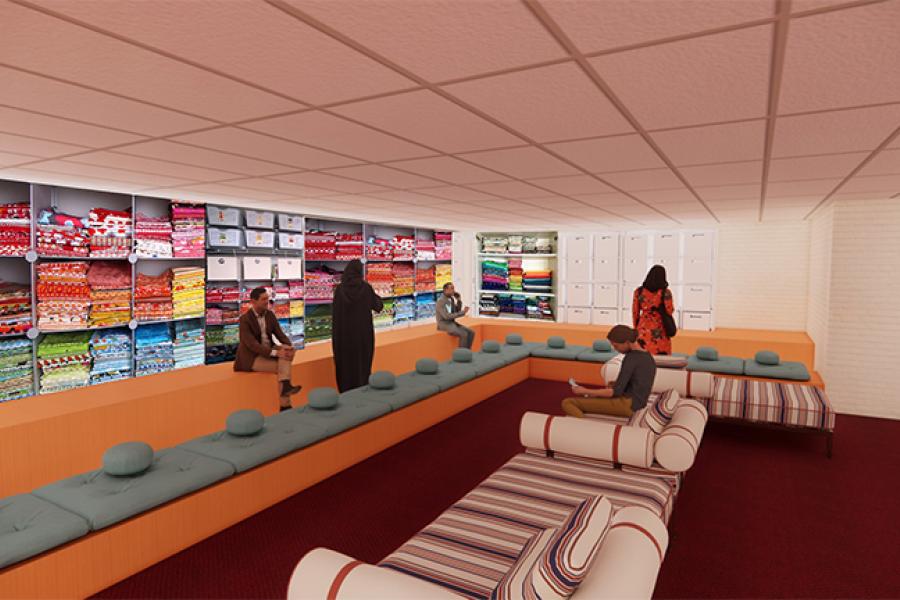
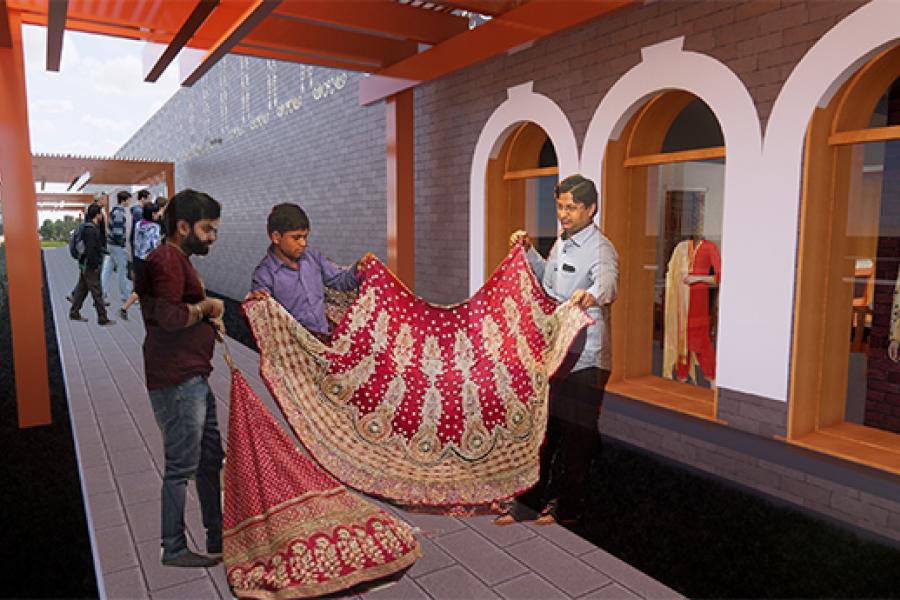
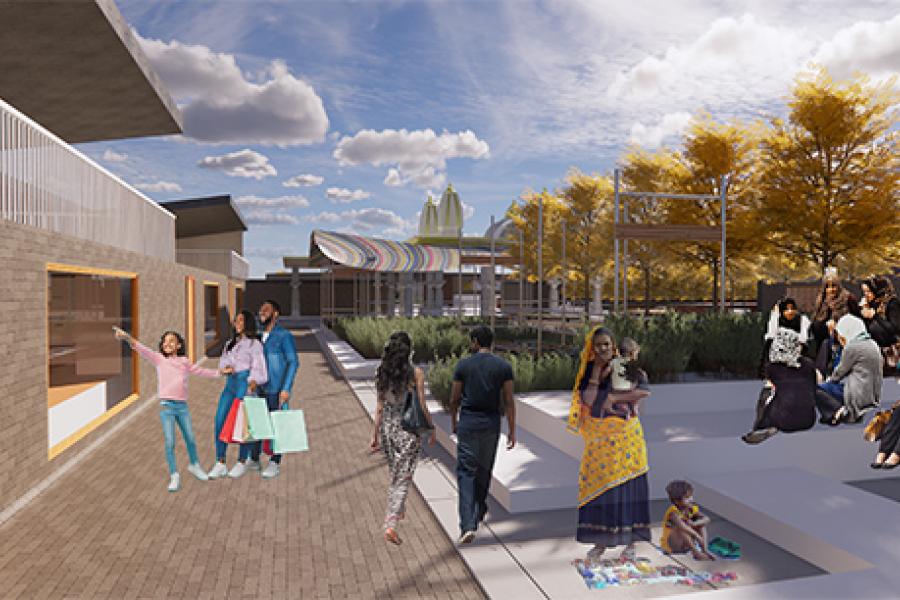
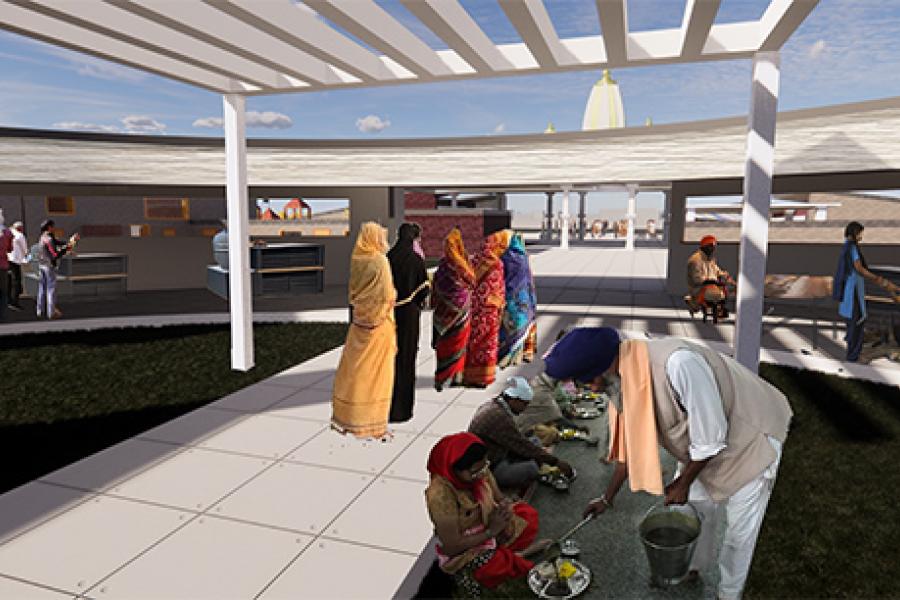
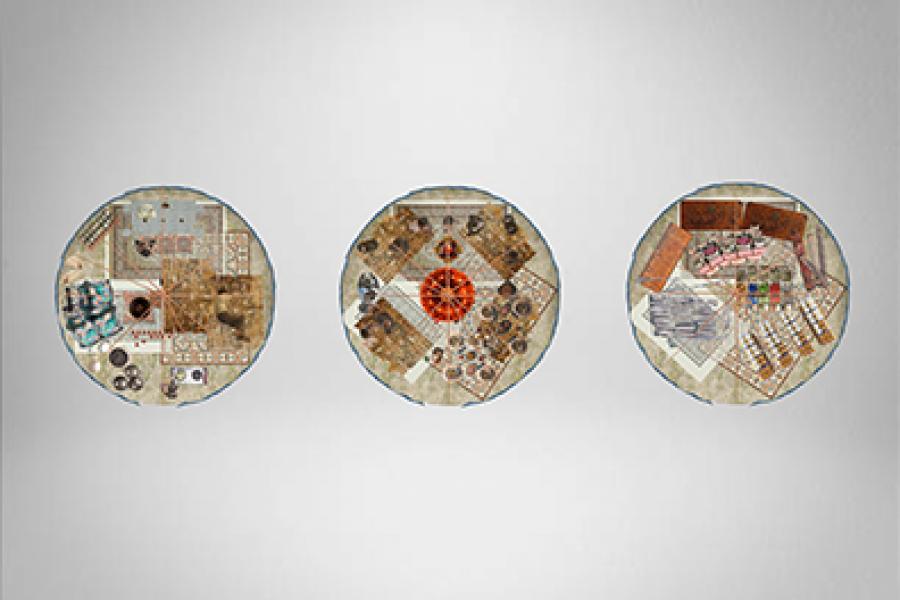
Un (Settl): Home Away from Home
Many immigrants, particularly those who are in an unpredictable setting, are inclined to live and work in the shadows of civilization, afraid to criticize, and are unreasonably vulnerable to discrimination and marginalization. Many landed immigrants lack familiarity with the society, acquiring basic needs on a day-to-day basis, and confidence in social interaction.
The intention of this thesis is to study and explore how those who immigrate from a nomadic form of domesticity can find support and continuity within sedentary modes of living in western cultures. It is a valuable lesson to understand nomadic living and creating domiciles within nomadic tents to teach modern-day practices of architectural design in Canada. Canada is a country that can learn by standing up for immigrant families and immigrants from various backgrounds and cultures that identify people that live in a type of architecture that is not a domestic form of architecture in a settled sense. The East Indian ethnic tradition of occupying the land refers more to a traditional setting, than it does to the typical ideologies of architecture we are accustomed to presently in Canada. The intention is to study nomadic forms of domestication and inhabitation from another culture. Historically in Canada, the legacies of traditional nomadic Indigenous cultures can be studied to draw lessons learned as they may pertain to the life of immigrant families from India settling in Canada.
The nomad has a region, it follows conventional routes; nomads go from one place to another, it is not oblivious of points (water points, dwelling points, assembly points, etc.). Memory and narratives activate self representation with the intervention of other nomadic groups.1
Immigrant faith influences daily collaborations and forms the future of immigrants in their destination’s society. It influences society beyond the immigrants themselves. Immigrants consider factors such as their family situations, job opportunities, managing life day to day, and language concerns. The objective of this thesis aims to search for a new alternative of a home using shared resources amongst a nomadic group in a western culture. The East Indian communities that settle in Canada find an unexpected cultural shift which is distinctly different about the lifestyle of these nomadic people coming from India to Canada. The design project will pay homage to the lifestyle, materials, and rituals and how their sense of place, territory, and possession all interpret to a design practice. These qualities of living can be brought to Canada in a way that helps to be contextualized within the country and leads to new architecture that Canada is not accustomed to.
1 Braidotti, Rosi. Nomadic Theory the Portable. New York: Columbia University Press, 2011.
